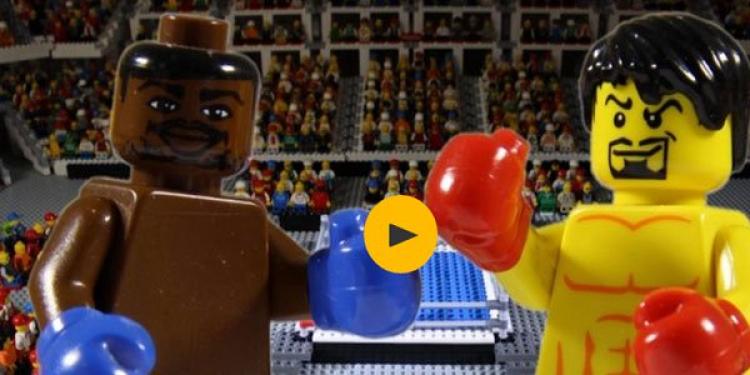A Closer Scrutiny of the Fight of the Century’s Validity (part 2)
Posted: May 19, 2015
Updated: October 6, 2017

So much outside the performance of the fighters influenced the bouts outcome.
In the “Fight of the Century”, Mayweather decidedly had the advantage on every part of the bout. It would be obvious to most, not participating in any of the hype, that a fight that gives advantages to one fighter would result in the victory of the fighter. An obvious Mayweather victory wouldn’t necessarily be considered U.S. gambling news to most, if the whole bout was designed to favor that fighter.
We have commentators showing nothing but adulation for Mayweather with fight clips prior to the start of the bout. Both fighters are introduced by two different people with Mayweather clearly having the more colorful profile. Perhaps the embellishment of one fighter somehow “weighed in” on the way the judges saw the fight. Perhaps all the commentators saw the fight the way they wanted to.

The unilateral comments about each round continue
As predicted, Pacquiao tried to start the bout strong, but it didn’t have the fervor as expected. Little was known about Pacquiao’s shoulder injury, but time was spent by both fighters as they studied each other. Commentators seemed to give the inactive Mayweather the first two rounds simply because Pacquiao wasn’t more aggressive. This set a precedent that would remain throughout the match.
In the fourth round, which obviously went to Pacquiao’s, there was still the constant reference to Mayweather dominance of the fight. What seemed to continue to be a back and forth winning of rounds was reduced to the commentators stating that Pacquiao of course won a few rounds. Anyone betting on this fight, through online sportsbooks in the U.S., might have been in dismay throughout the fine.
• Mayweather won the first two rounds because Pacquiao more aggressive
• When Pacquiao was or wasn’t aggressive, disappointment was expressed.
• The bout was re-monitored at actual, slow motion and frame by frame speeds
Mayweather played a very defensive game which allowed him to sustain through the rounds without injury or fatigue. Whenever Pacquiao went towards Mayweather low, he would grab Pacquiao over his head. If Pacquiao approached evenly, then Mayweather would grab him from a frontal position. On every clinch, Mayweather would back out moving laterally to avoid contact.
There was little proof provided in Mayweather’s performance to prove he could beat Pacquiao if he were to stand “toe to toe” with him. The biggest barrage of frontal shots from Pacquiao occurred while Mayweather was fully covering himself. Every time Mayweather wasn’t aggressive, the commentators labeled him brilliant. Whether or not Pacquiao was aggressive, the commentators expressed disappointment.
The score cards and an outside count of the punches tell a different story
The first suspicious action about the judges scoring of the Mayweather-Pacquiao bout was that the numbers for the boxers were marked in the wrong boxes on the scorecards. The judges marked the winner of most of the rounds on side of the card that indicates the red corner. The fact that Pacquiao had the red corner could indicate that he actually did outperform Mayweather. The mishap was called a “clerical” error.
Boxing News 24, an American website, got their commentators to monitor the video at three different speeds, actual, slow motion and frame by frame. After careful scrutiny, the review of the fight differed greatly from the official fight statistics which said that less than 20% of Pacquiao’s punches and 9% of his jabs connected. After counting each blow, the review felt it would be “pushing it” to even say Mayweather had a draw.

From the four judges that scored the fight, one judge, Jeff Powell, marked the outcome as a draw at 115-115. Burt Clemens and Glenn Feldman had the fight at 116-112 in Mayweather’s favor. Dave Moretti had the greatest discrepancy in scoring with fight at 118-110 in Mayweather’s favor. The review had their scores at 114-114 draw with the generosity of one equal round based on Mayweather’s higher work rate for 3 minutes.
Although the commentators conducting the reviews said many rounds were “exceptionally difficult if not too close to call”, if the second round score was 10-10 an the ninth round 9-10, Pacquiao would be their clear victor. If the official scoring seemed closer, Mayweather still might have been given the decision based on the fact the fight was by his design. The money won or lost isn’t a violation of U.S gambling laws, but of human nature itself.










